Taking the first step toward recovery from drug or alcohol addiction is a brave decision. It’s especially challenging when you’re juggling a demanding career like that of an airline pilot. When considering treatment options, you’ll often come across two main paths: inpatient and outpatient care. But what do these terms really mean, and which is the better fit for your unique circumstances? Let’s break it down. Inpatient treatment, often called residential rehab, is when you live at a treatment facility, receiving round-the-clock care and support. Outpatient treatment, on the other hand, allows you to live at home while attending therapy and other treatment sessions during the day. For airline pilots, who face unique pressures and often have rigid schedules, choosing the right type of care is crucial for lasting recovery. At Asana Recovery, we understand these challenges and offer a range of programs tailored to meet the needs of busy professionals, including pilots. We know this can feel like a lot to navigate, but we’re here to help you every step of the way.
Inpatient treatment is a comprehensive approach to addiction recovery where you reside at a treatment facility for a set period. Think of it as pressing pause on your everyday life to fully concentrate on healing. During your stay, you’ll be immersed in a structured environment designed to support sobriety. This includes individual therapy sessions, group counseling, medical care, and various holistic activities. For busy professionals like airline pilots, inpatient rehab offers a chance to step away from the demands of work and home. It’s a dedicated period to focus purely on your recovery without the constant pull of daily responsibilities. The benefits of inpatient treatment are significant, particularly the immersive experience. You are surrounded by a supportive community of people on their own paths to recovery, which can create a sense of connection and understanding. For those searching for “inpatient rehab near me,” consider the comprehensive care offered by residential treatment programs at Asana Recovery. It’s a safe and structured environment. For those struggling with more severe cases of addiction, inpatient alcohol rehab and inpatient drug rehab facilities are where the healing journey begins.
Outpatient treatment offers an alternative for those who need to maintain their daily routines while seeking help for addiction. It involves attending scheduled therapy sessions, counseling, and support groups at a treatment center without requiring you to live at the facility. Outpatient programs are often a good fit for individuals who have a stable home environment and a level of self-discipline. For airline pilots, who may need to balance treatment with their work schedule, outpatient services can offer that necessary flexibility. You can continue to live at home, manage your responsibilities, and still get the care you need. If you are looking for “outpatient drug rehab near me” or “outpatient alcohol rehab,” it’s important to consider the flexibility and convenience that it offers. This approach may be a good way to ease back into daily life while maintaining the skills you’re learning in treatment. An outpatient detox program can be a step for some in the beginning of their journey where you can receive monitoring and support in a comfortable environment. It’s all about finding what is the best fit for you and your lifestyle.
Asana Recovery works with most PPO plans, covering up to 100%. See if your insurance can help fund your journey. Click below to get a free quote.
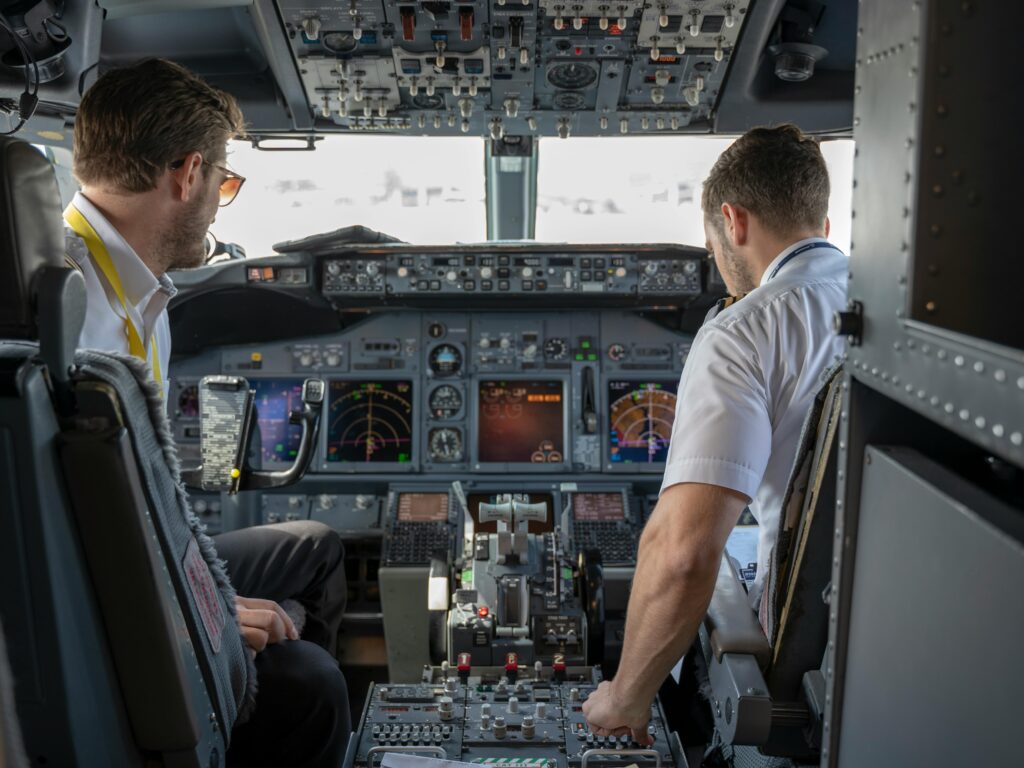
We get it. Addiction recovery is tough. That’s why our programs are founded and staffed by people in recovery – people who truly understand.
The biggest difference between inpatient and outpatient rehab boils down to the level of care and commitment involved. Inpatient treatment offers a controlled, immersive environment where you’re completely separated from the triggers and stresses of everyday life. This can be vital for those with severe addictions, co-occurring mental health issues, or those who need to get away from a negative environment. Outpatient care, on the other hand, provides the flexibility to continue with your daily routine while receiving treatment. It is often suitable for people with milder addictions, those who have already completed an inpatient program and need continued support, or those who need to balance work and treatment responsibilities. When thinking about “inpatient vs outpatient rehab,” consider the nature of your addiction, your support system, and the level of structure you need. Factors like the severity of your addiction, your home environment, and your ability to manage daily life while recovering all come into play when choosing a program. The goal is to find the right setting that helps you on your path to healing. If you are unsure, it is best to reach out and Contact Us.
Airline pilots face unique challenges that can significantly impact their mental health and contribute to substance use issues. The demanding work schedule, the stress of maintaining safety, time zone changes, and long periods away from family can lead to significant emotional and physical toll. The pressure to perform at a high level and the responsibility of the lives of their passengers can create a high-stress environment. Many pilots also experience loneliness and isolation due to spending so much time away from home. These stressors can sometimes lead to self-medication using drugs or alcohol to cope, which can in turn lead to addiction. Addressing “stress management for pilots” and providing adequate “mental health support for pilots” are vital to maintaining their overall well-being. It’s important to acknowledge these pressures and understand how they can contribute to addiction in this profession.
For airline pilots, inpatient treatment can provide a much-needed opportunity to fully step away from the pressures of their job and dedicate themselves to recovery. The structured environment of inpatient rehab provides a stable and consistent setting that is free of triggers. This allows the pilot to focus solely on healing without the daily distractions of work or other responsibilities. The intensive care provided in an inpatient facility, with round-the-clock medical support and therapeutic interventions, ensures that pilots receive the highest level of care. It’s a chance to reset and build a strong foundation for long-term sobriety with a structured rehab program. A key benefit is the immersion in a supportive environment. Being surrounded by others who understand what you are going through can greatly reduce feelings of loneliness and isolation. It’s a place to share your struggles and find encouragement from people who know what you are dealing with. This type of environment fosters a community that is vital to long-term healing. The opportunity for “intensive addiction treatment” is a key factor in why inpatient treatment can be so effective for pilots.
Outpatient treatment offers a different set of benefits for airline pilots who require flexibility in their schedule. The ability to maintain work commitments is often a critical factor. With “flexible rehab options,” pilots can attend therapy sessions and support groups while still managing their flying schedule. This allows them to continue their career while also receiving the necessary help for their addiction. One of the key benefits of “outpatient therapy benefits” is that you can apply the skills learned in real-time to situations at work or home. It’s often easier to navigate your responsibilities and integrate healthy coping mechanisms into your daily life. Outpatient treatment also provides ongoing support that is vital to maintaining long-term sobriety. It allows you to remain connected with a community of people who understand what you’re going through while also providing a support system at home. This way, you can begin implementing the skills you’re learning right away and experience real-time feedback.
At Asana Recovery, we understand that every individual’s journey to recovery is unique, especially for professionals like airline pilots. We’ve designed both our inpatient and outpatient programs to provide personalized care that addresses the specific challenges you may face. Our approach is holistic, which means we look at all aspects of your well-being—physical, mental, and emotional—to create a personalized treatment plan. We don’t just treat addiction; we treat the underlying issues that contribute to it. Our team is experienced in working with professionals and is well aware of the unique stressors that come with demanding careers. This understanding means that we can provide support that is sensitive to your needs and goals. We also provide a range of specialized services that cater to the needs of pilots. We can also accommodate for a “pet friendly rehab” experience for those who require it. By considering every aspect of your situation, we strive to provide the highest quality of care to help you find lasting recovery. You can explore our professional rehab services to see which program fits best with your needs. We will guide you through the process and provide you with the support you need to make the right choice.
To provide the best outcomes for our clients, Asana Recovery incorporates a variety of evidence-based therapies and treatment modalities. Intensive Outpatient Programs (IOP) are a key part of our continuum of care. IOP provides a more intensive level of support than regular outpatient treatment, and it typically includes more therapy sessions, group counseling, and other services, while still allowing the patient to live at home. Cognitive Behavioral Therapy (CBT) is a cornerstone of our therapeutic approach. CBT helps you identify and change negative thinking patterns and behaviors that contribute to substance abuse. By learning to recognize these patterns, you can develop healthy coping mechanisms for triggers. Medication-Assisted Treatment (MAT) is another valuable tool that we use, especially for clients with opioid or alcohol addiction. MAT combines medications with therapy and counseling to reduce cravings, manage withdrawal symptoms, and support long-term recovery. Integrating these three approaches, IOP programs, CBT therapy, and MAT for addiction, ensures that we are providing comprehensive care that addresses your physical, psychological, and emotional needs. We are committed to providing every individual a pathway to lasting recovery.
Addiction affects not only the individual struggling with it but also their loved ones. At Asana Recovery, we recognize the important role that family and partners play in the recovery process. Couples therapy for addiction provides a safe space to address the challenges that addiction creates within relationships and how they can be overcome together. These sessions help improve communication, rebuild trust, and strengthen bonds. Including loved ones in the treatment process can greatly improve your chances of long-term success. It’s a chance for them to better understand addiction and the healing process, and also a great way for them to receive support. With family support in rehab, everyone involved can develop a support system, which can often help prevent relapses.
Navigating the financial aspects of addiction treatment can be stressful. That’s why Asana Recovery offers a straightforward Insurance Verification process. We work with most major insurance providers, and we are happy to assist you in understanding your coverage and benefits. Our team will help you navigate the complexities of your insurance plan to minimize any out-of-pocket expenses. If you don’t have insurance or prefer to pay privately, we offer Private Pay and Payment Options. We are able to work with you to create a customized plan that fits your financial needs. The goal is to ensure that finances do not become a barrier to receiving the treatment you need. We aim to be transparent about costs, and our team is here to answer any questions you may have. The most important thing is that you get the treatment you need without having to worry about additional costs. You can verify your insurance or explore our “private addiction treatment” options to learn more about payment plans.
Choosing the right treatment path—whether inpatient or outpatient—is a crucial step on your journey to recovery. For airline pilots, the choice may be complex because of the demands of your profession. It’s essential to consider the level of structure you need, your work schedule, and your long-term goals. Asana Recovery is here to provide the support and guidance you need to make that important decision. We offer a full range of programs designed for professionals that can address a variety of needs, including Alcohol Addiction Treatment, Drug Addiction Treatment, Medically-Assisted Detox, Partial Hospitalization Program, Virtual IOP, Dual Diagnosis Treatment and Mental Health Outpatient Treatment. We are committed to helping you every step of the way, providing you with the “personalized addiction treatment” you deserve. Take the first step towards a healthier future and Contact Us today. Together, we can help you create a brighter tomorrow.
Take your first step towards lasting recovery. At Asana, we offer effective, insurance-covered treatment for addiction and mental health, guided by experts who understand because they’ve been there. Start your healing today.
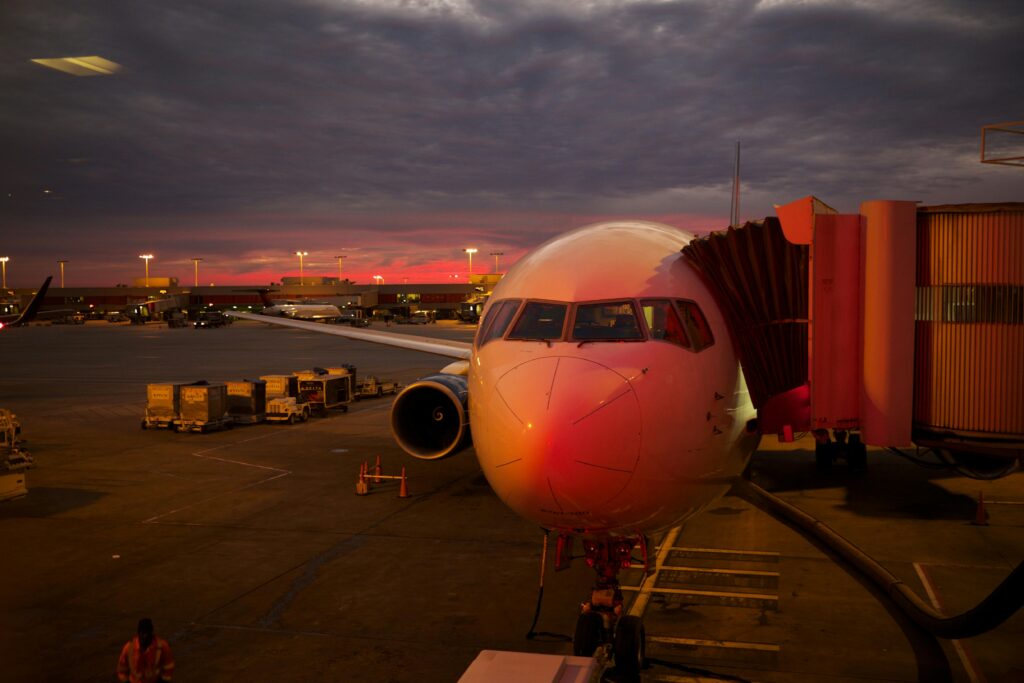
This book has helped so many men and women; and we want to give it you for FREE. Get signed up today and discover how to unlock the grip of addiction and get back to living your best life.
In this book, you’ll discover…
— The Most Common Misconceptions About Addiction and Rehab
— Why Rock Bottom is a Myth and What You Can Do About It
–The Steps to Healing From Trauma, Both Mentally and Emotionally
–And much more!
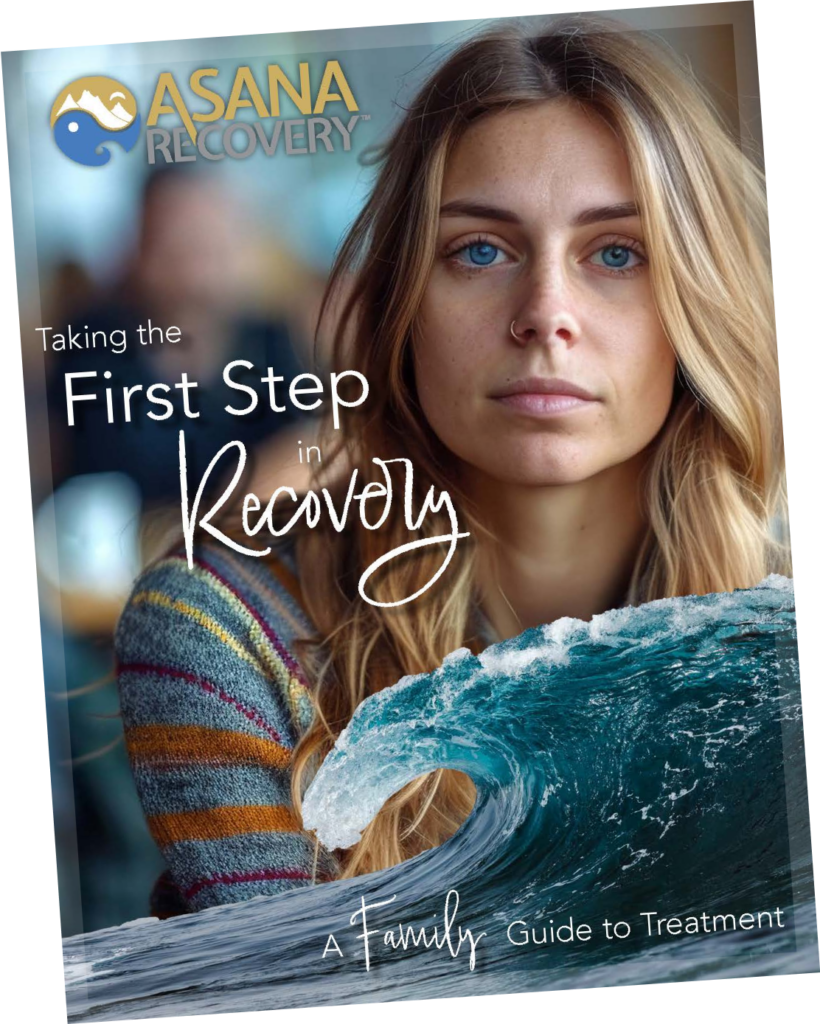
You could save up to 100% of your treatment using your Insurance.
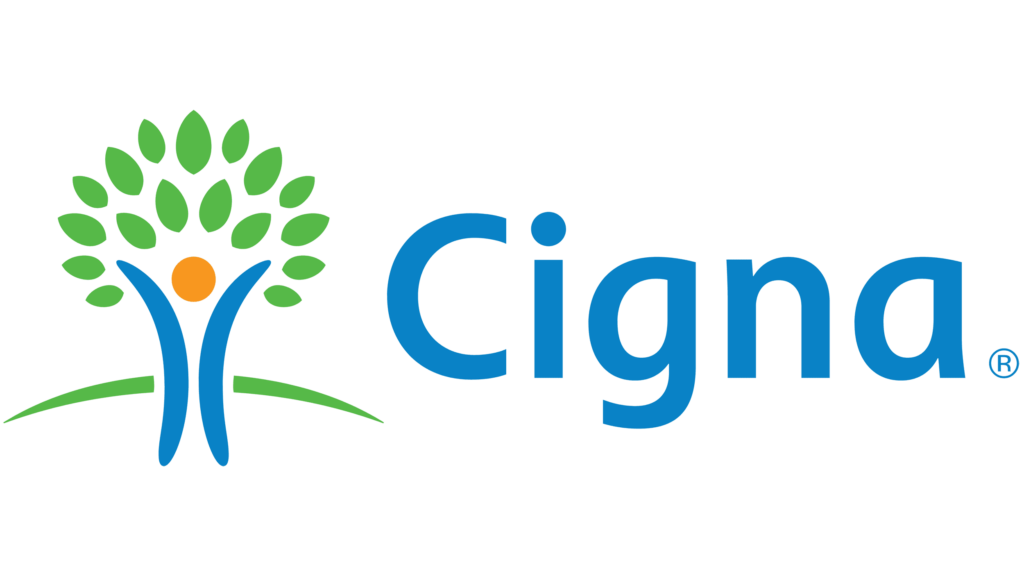
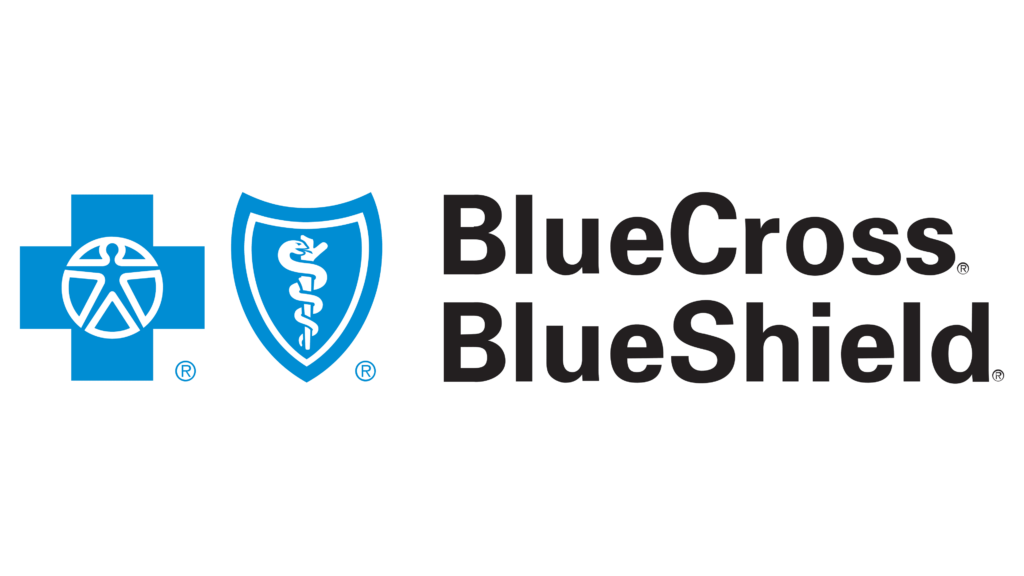


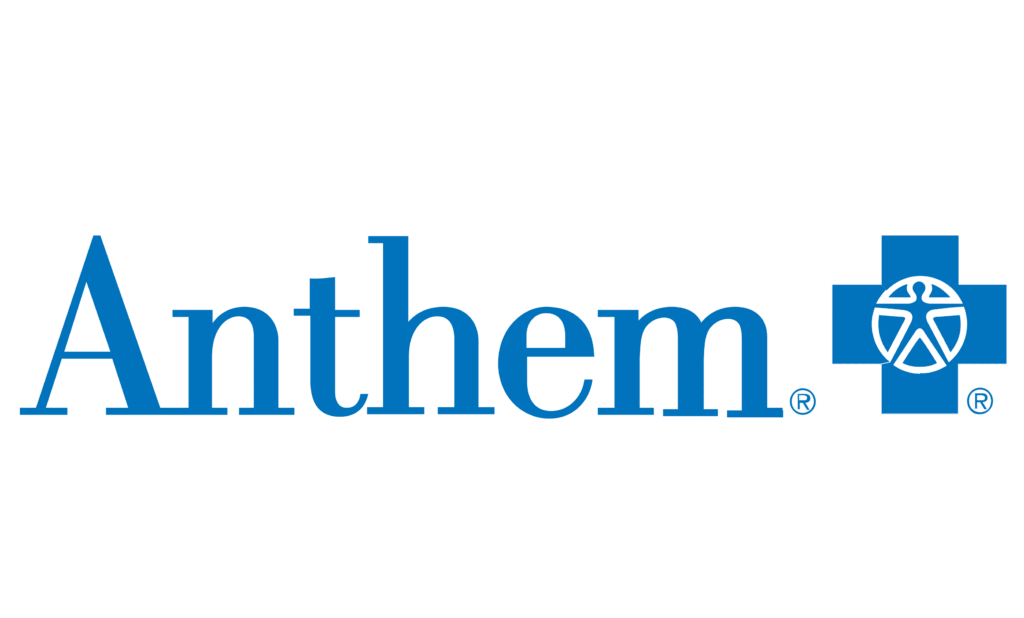
By submitting this form, you agree to Asana Recovery’s Privacy Policy. You also consent to Asana Recovery contacting you by phone, text message, and email regarding your insurance benefits and treatment services. You acknowledge that text messaging may involve risks, authorize the use of your Protected Health Information (PHI) for these communications, and understand you can opt-out of text messages at any time by replying “STOP”.
Asana Recovery
We firmly believe that the internet should be available and accessible to anyone, and are committed to providing a website that is accessible to the widest possible audience, regardless of circumstance and ability.
To fulfill this, we aim to adhere as strictly as possible to the World Wide Web Consortium’s (W3C) Web Content Accessibility Guidelines 2.1 (WCAG 2.1) at the AA level. These guidelines explain how to make web content accessible to people with a wide array of disabilities. Complying with those guidelines helps us ensure that the website is accessible to all people: blind people, people with motor impairments, visual impairment, cognitive disabilities, and more.
This website utilizes various technologies that are meant to make it as accessible as possible at all times. We utilize an accessibility interface that allows persons with specific disabilities to adjust the website’s UI (user interface) and design it to their personal needs.
Additionally, the website utilizes an AI-based application that runs in the background and optimizes its accessibility level constantly. This application remediates the website’s HTML, adapts Its functionality and behavior for screen-readers used by the blind users, and for keyboard functions used by individuals with motor impairments.
If you’ve found a malfunction or have ideas for improvement, we’ll be happy to hear from you. You can reach out to the website’s operators by using the following email
Our website implements the ARIA attributes (Accessible Rich Internet Applications) technique, alongside various different behavioral changes, to ensure blind users visiting with screen-readers are able to read, comprehend, and enjoy the website’s functions. As soon as a user with a screen-reader enters your site, they immediately receive a prompt to enter the Screen-Reader Profile so they can browse and operate your site effectively. Here’s how our website covers some of the most important screen-reader requirements, alongside console screenshots of code examples:
Screen-reader optimization: we run a background process that learns the website’s components from top to bottom, to ensure ongoing compliance even when updating the website. In this process, we provide screen-readers with meaningful data using the ARIA set of attributes. For example, we provide accurate form labels; descriptions for actionable icons (social media icons, search icons, cart icons, etc.); validation guidance for form inputs; element roles such as buttons, menus, modal dialogues (popups), and others. Additionally, the background process scans all the website’s images and provides an accurate and meaningful image-object-recognition-based description as an ALT (alternate text) tag for images that are not described. It will also extract texts that are embedded within the image, using an OCR (optical character recognition) technology. To turn on screen-reader adjustments at any time, users need only to press the Alt+1 keyboard combination. Screen-reader users also get automatic announcements to turn the Screen-reader mode on as soon as they enter the website.
These adjustments are compatible with all popular screen readers, including JAWS and NVDA.
Keyboard navigation optimization: The background process also adjusts the website’s HTML, and adds various behaviors using JavaScript code to make the website operable by the keyboard. This includes the ability to navigate the website using the Tab and Shift+Tab keys, operate dropdowns with the arrow keys, close them with Esc, trigger buttons and links using the Enter key, navigate between radio and checkbox elements using the arrow keys, and fill them in with the Spacebar or Enter key.Additionally, keyboard users will find quick-navigation and content-skip menus, available at any time by clicking Alt+1, or as the first elements of the site while navigating with the keyboard. The background process also handles triggered popups by moving the keyboard focus towards them as soon as they appear, and not allow the focus drift outside it.
Users can also use shortcuts such as “M” (menus), “H” (headings), “F” (forms), “B” (buttons), and “G” (graphics) to jump to specific elements.
We aim to support the widest array of browsers and assistive technologies as possible, so our users can choose the best fitting tools for them, with as few limitations as possible. Therefore, we have worked very hard to be able to support all major systems that comprise over 95% of the user market share including Google Chrome, Mozilla Firefox, Apple Safari, Opera and Microsoft Edge, JAWS and NVDA (screen readers).
Despite our very best efforts to allow anybody to adjust the website to their needs. There may still be pages or sections that are not fully accessible, are in the process of becoming accessible, or are lacking an adequate technological solution to make them accessible. Still, we are continually improving our accessibility, adding, updating and improving its options and features, and developing and adopting new technologies. All this is meant to reach the optimal level of accessibility, following technological advancements. For any assistance, please reach out to